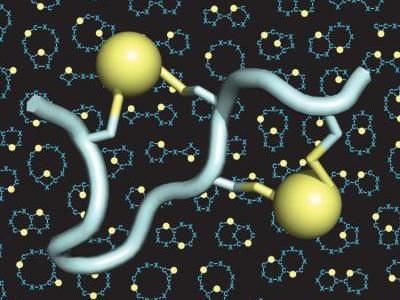New data support efficacy of Ruconest across all HAE attack locations
Pharming Group NV announced that new clinical data from open-label studies on their recombinant human C1 inhibitor (rhC1INH; conestat alfa; Ruconest(TM) in Europe, Rhucin® in other countries) was presented during the 7th C1INH deficiency workshop in Budapest, Hungary.
New data was presented on 194 treatments with Ruconest / Rhucin using a fixed dose of one vial (2100 U) or more at the investigator's discretion, in 57 patients with acute Hereditary Angioedema (HAE) attacks. This open-label study was an extension of one of the two pivotal randomized controlled studies which formed the basis for approval in Europe. The majority of acute Angioedema attacks (63%) were treated with a single dose of Ruconest (2100 U). Use of more than one dose was more common during attacks at oro-facial-pharyngeal-laryngeal locations (57%) than during abdominal (26%) and peripheral (37%) attacks. The median time to the beginning of relief of symptoms across treatments, was approximately 60 minutes with an overall response rate of 87% and no relapses. No product related adverse reactions were observed during this study.
Results were also presented for 53 potentially life threatening acute angioedema attacks involving the upper airways. The median time to the beginning of relief of symptoms for these upper airway attacks was 76 minutes (95% confidence interval, 62; 120 min) and the median time to the beginning of relief of symptoms was 265 minutes (95% confidence interval, 240; 720 min). These results are consistent with previously reported results for other anatomical locations. The overall response rate in treating these severe attacks was 100%. There were no treatment failures, nor relapses reported, and Ruconest was generally safe and well tolerated. The safety dataset of Ruconest / Rhucin now includes a total of 714 administrations in 190 subjects.
Dr. Pijpstra, Chief Medical Officer at Pharming commented: "These new data support that Ruconest is an effective novel therapy for the treatment of acute HAE attacks, including those potentially life-threatening attacks involving the upper airways. In addition, the European open label efficacy data suggest that although a 50 U/kg dose is recommended to achieve optimal efficacy, many attacks respond well to a single vial dose of 2100 U."
Most read news
Other news from the department research and development

Get the life science industry in your inbox
By submitting this form you agree that LUMITOS AG will send you the newsletter(s) selected above by email. Your data will not be passed on to third parties. Your data will be stored and processed in accordance with our data protection regulations. LUMITOS may contact you by email for the purpose of advertising or market and opinion surveys. You can revoke your consent at any time without giving reasons to LUMITOS AG, Ernst-Augustin-Str. 2, 12489 Berlin, Germany or by e-mail at revoke@lumitos.com with effect for the future. In addition, each email contains a link to unsubscribe from the corresponding newsletter.





















































